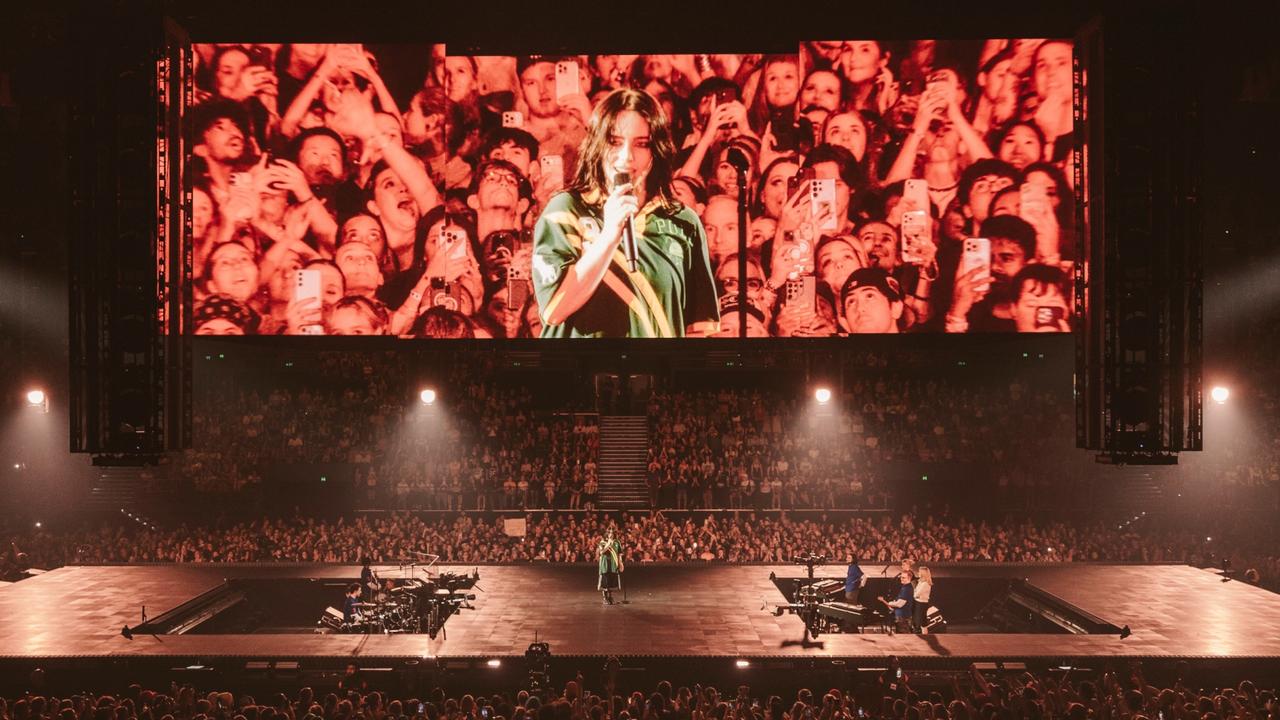Beethoven & Mozart V: ACO takes an original approach
The ACO’s program embraces works whose technical elements are overshadowed by their composers’ fierce originality.

Curiously enough, individual creative genius is often most clearly demonstrated on occasions when an artist begins with conventional forms and techniques and, through conscious subversion or the efforts of an indomitable imagination, produces radically new expressive outcomes.
Such transcendence lies at the heart of the Australian Chamber Orchestra’s current touring program. Sweeping a vast compositional arc from the late baroque to the proto-modernism of Beethoven’s late quartets, it embraces works whose patently ingenious technical elements are overshadowed by their composers’ extreme musicality and fierce originality.
The program begins with the interlacing drama, irresistible momentum and constantly shifting architecture of the four simple fugues that open Bach’s Die Kunst der Fuge. Next, the youthful yet impossibly mature culmination of Mozart’s violin concerto efforts, the “Turkish”: a playful poetic fantasy built by tossing handfuls of late baroque and classical concerto and operatic elements into the air and reassembling them with deceptive ease into perfectly refined passages of soaring cantabile, unencumbered optimism and innocent majesty. Finally, the revolutionary romanticism of Beethoven’s six-movement String Quartet No 13 (complete with its original, tumultuous Grosse Fugue finale), in which music unpredictably bursts forth from intense primal springs, crashing against the constraints of compositional structures and presaging both late romanticism and the music of the early 20th century.
Under Richard Tognetti’s direction, the ACO adopted a pleasantly lyrical approach, bringing fluidity and elegance to each item while maintaining exceptionally fine sectional balance and expressive unity. Each Bach fugue was drawn out with lush, measured tone quality and calm simplicity, allowing the overlapping threads of imitative counterpoint to emerge with sublime clarity and then intermingle to shimmering effect. The addition of vocals in Contrapunctus IV provided a touch of Swingle Singers levity and groove but, sensibly, was kept understated and so avoided becoming excessively twee.
As soloist in the Mozart, Tognetti was in particularly sensitive form, delicately shaping his line to emphasise its operatic qualities and crafting cadenzas with as much heroic character as virtuosic dazzle. Tempos were well considered and an expansive account of the Adagio saw an elegant partnership between Tognetti and ensemble, the movement emerging serenely before the zesty crunch of the finale’s “Turkish” elements.
While losing much of the exposed intimacy and raw confrontation of Beethoven’s original format, Tognetti’s string orchestra arrangement of the Opus 130 quartet gave a satisfying symphonic bite to the Presto and allowed the Grosse Fugue to roar forth with appropriate abandon. Most effective was the Cavatina setting, the ensemble tenderly caressing its soulful lines and lulling the audience into a false sense of security before the juddering attack of the Grosse Fugue’s sinewy opening.
Adelaide Town Hall, tonight. City Recital Hall, Sydney, May 14-20. Sydney Opera House, May 15. QPAC, Brisbane, May 16.


